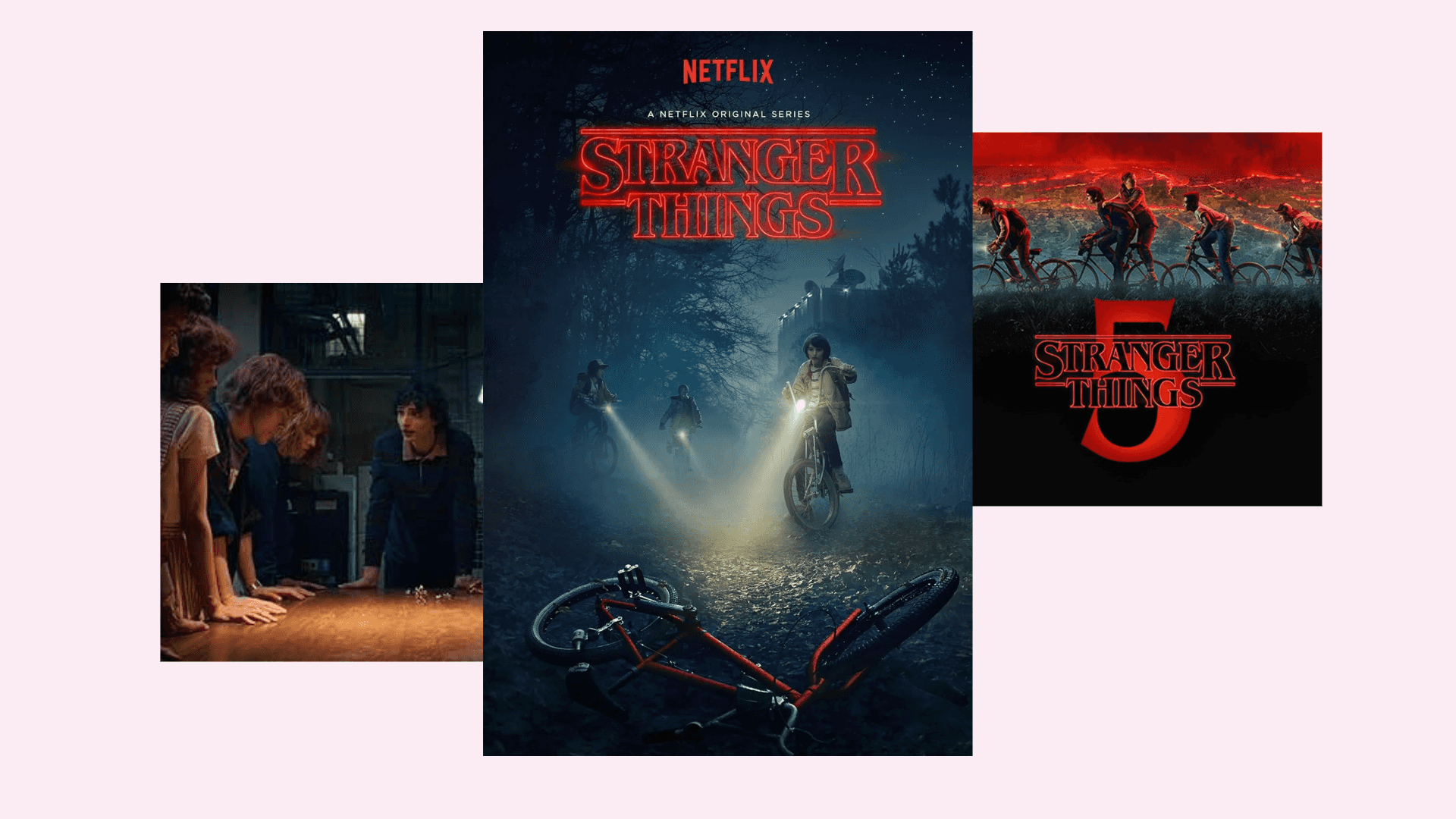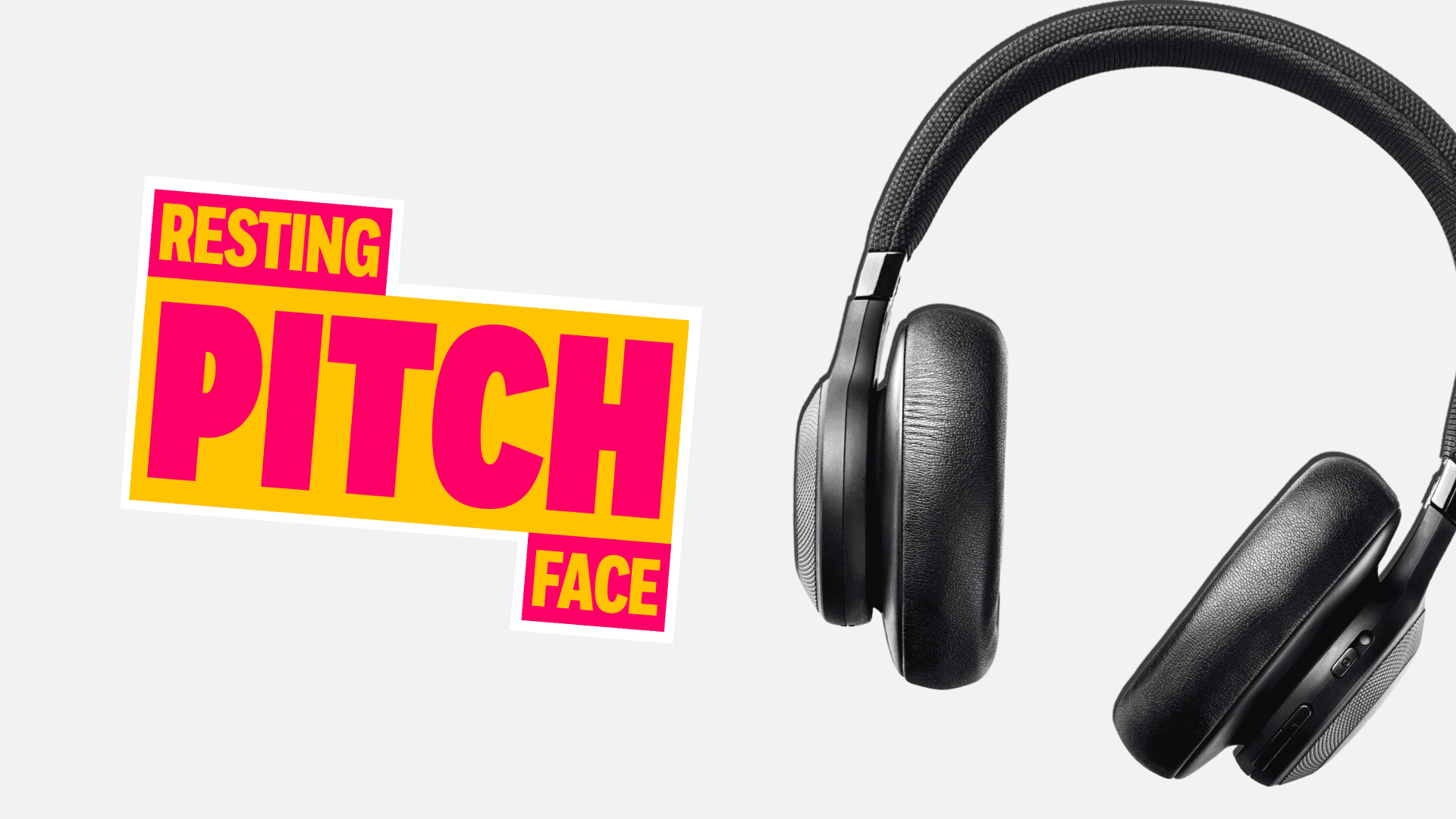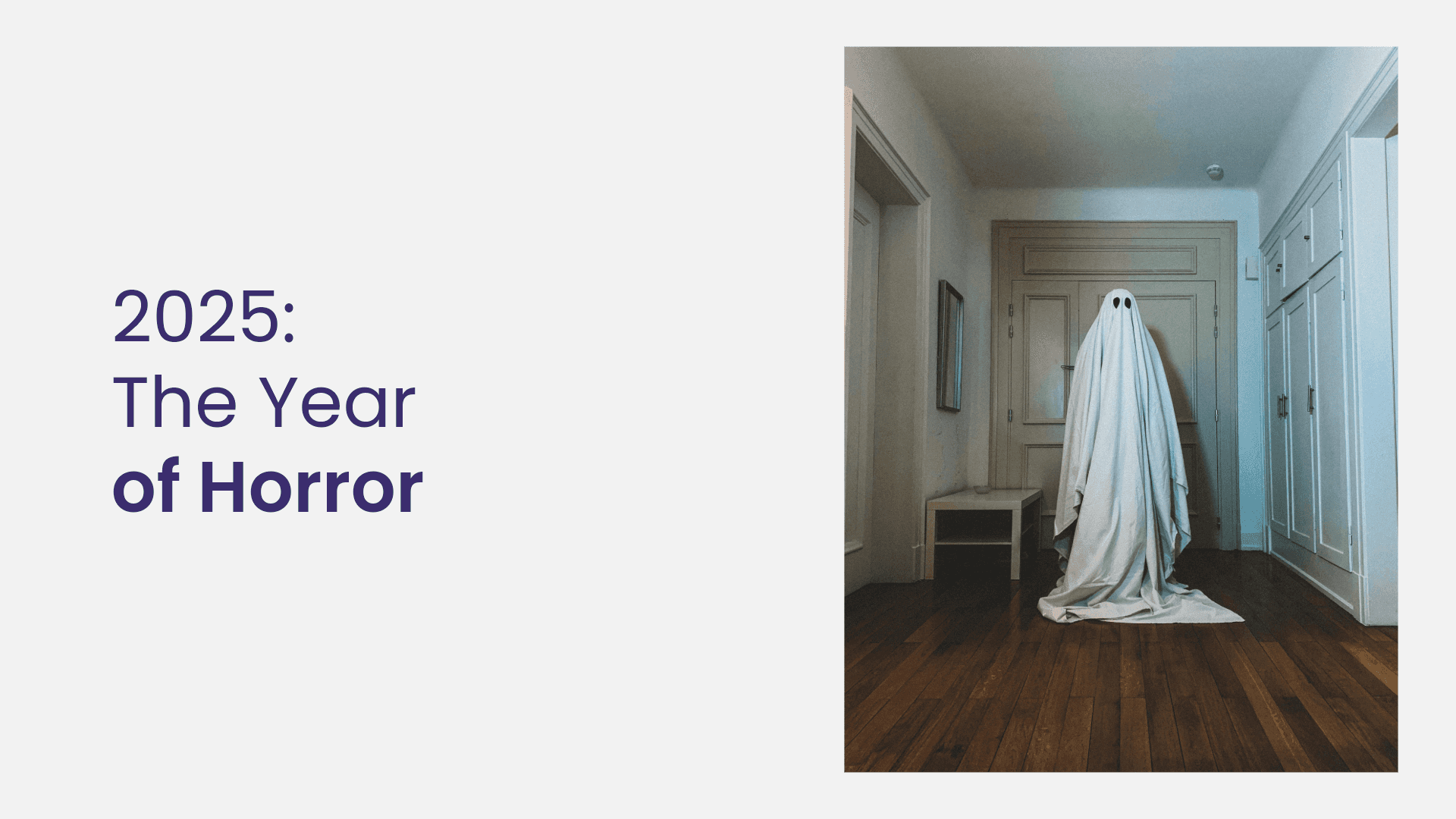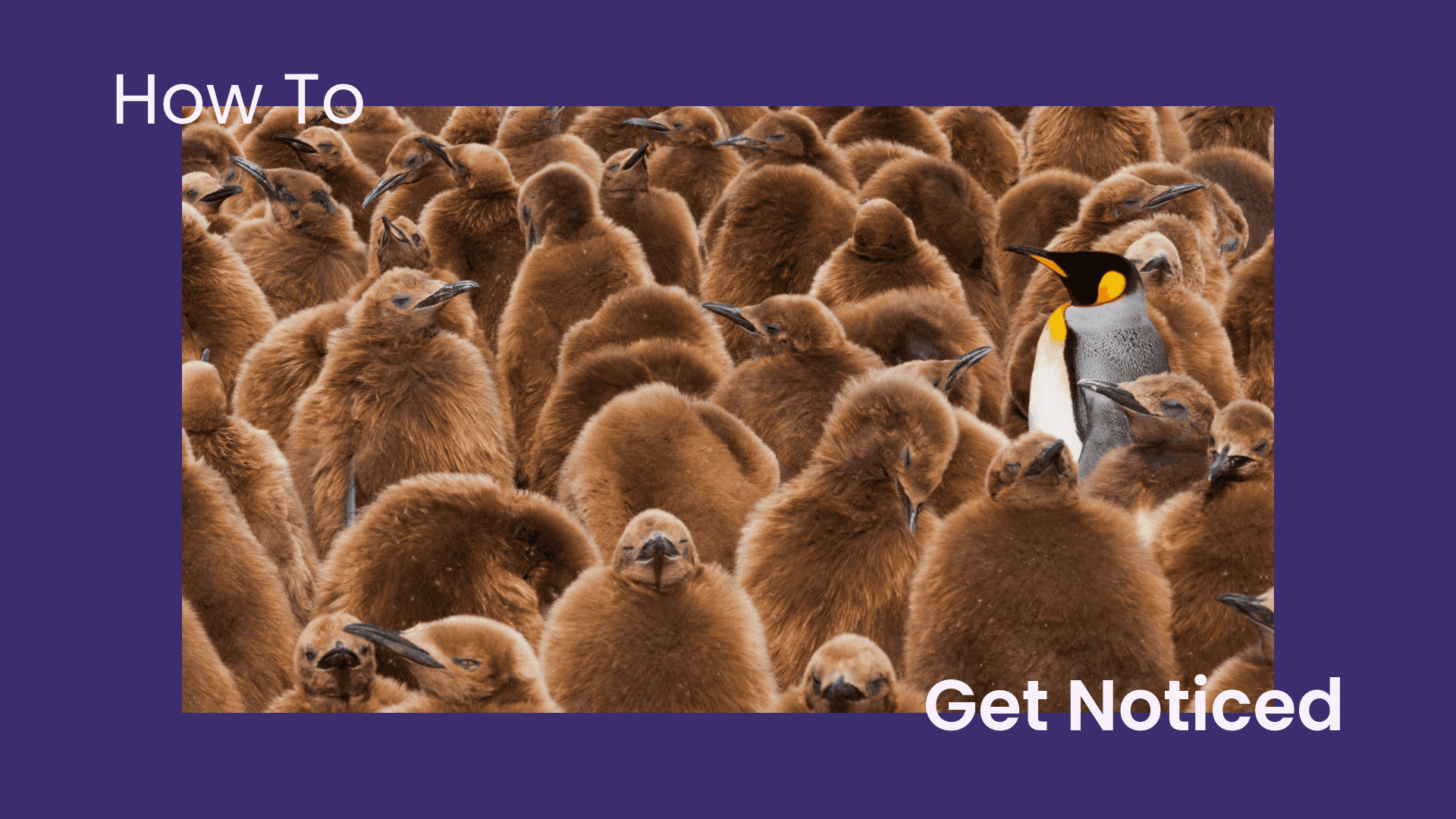
Instagram Expands Shoppable Posts
Written by Daniel
Instagram recently announced it will be expanding the rollout of shoppable organic posts to eight new countries. The Flaunt Digital team discusses how this could shape the future of the platform…
See below for a full video transcription:
VIDEO TRANSCRIPTION:
Lee: The next thing we’re going to cover is Instagram expanding their shoppable organic posts. They’ve rolled it out across eight more countries including the UK, France, Italy, Germany, Australia, Brazil, Canada, Spain. So, we’ve seen this floating about. It’s not relatively new. The rollout suggests that it is becoming quite successful. I think it’s probably a good move, I think there’s a risk of them potentially pissing people off and losing some attention. But it’s a way of monetizing the platform, it’s kind of what social networks are all looking for.
Jamie: It’s also in sticking with Instagram’s, sort of, unwritten rule of just not allowing links in posts. This is just another way to essentially allow links in posts without actually putting text links on there. So it keeps the interface clean and means you can’t mis-click onto dodgy links in posts and stuff like that, but also means that its contextually relevant, and if you shop for fashion it’s perfect, isn’t it?
Chris: I think it does a good job of maintaining what Instagram was built to be. Like you say, it’s tidy, it’s not too intrusive. It’s not got dirty links left, right and centre it’s quite native experiencing it, which is good. So, I think they’ve done well to stay true to what they’ve created in the first instance.
Jamie: I’d love to see if there’s any validation or anything on this, assuming these links could go anywhere, right? Is there any validation to stop it going anywhere or…?
Lee: The only ones that I’ve seen in the wild are people like InTheStyle that are verified publishers.
Jamie: Oh you’ve got to be verified? I can’t just post and put a link to a product?
Lee: I don’t believe so.
Jamie: Right.
Lee: But using InTheStyle as an example based on the fact that it has been, it’s one of the only ones I’ve seen. I think this is going to increase the value of influencers tenfold. It’s an influencer-led platform, it always has been. Brands have been partnering with influencers in Instagram for a long, long time. I think this legitimizes them now monetizing the posts, so this is an interesting time for influencers, especially with it being Instagram that’s made this sort of leap. I think this is something that will probably ripple throughout Snapchat, maybe Facebook. I think it’s a really strong move.
Chris: Do you think it’s going to improve like tracking and measurability for like on product’s level as well?
Jamie: Yeah.
Chris: So, if an influencer or a brand is pushing something out, you can then attribute exact sales to that post and the products that they’ve also… You could add like UTMs on it. Yeah, link it directly to the product page, and then you’ve got your revenue attributed to that exact product that’s in the post.
Lee: Imagine influencers though charging 10 grand a post, and then it generating 100 grands worth of sales, they’ll be like, yeah.
Jamie: Well, they can just charge nothing, and then charge commission now based on this. If you can put UTMs on it, different models.
Chris: Yeah. If you get a Kendall Jenner, or a Kim Kardashian though, it’s just going to be like, “Right, give us a couple of million for a post, and we’ll to prove to you how much money we can make.” It’ll be interesting to see what happens if the, like you’re saying, like how the models will change, the pricing models and stuff, whether influencers will try and negotiate in like a revenue-per-model or something like that, it might inspire them to try different stuff as well in the posts as well. If they’re trying to promote an item that’s maybe a higher value or something like that, it might mix it up completely, and might find them doing different creative stuff to sell those particular products, you never know.
Lee: I’d like to see a video use the same functionality. So, for example, a catwalk model walking down a runway with a outfit on, and each item being, having a clickable link somehow.
Jamie: You could do that on YouTube, couldn’t you, until recently? Couldn’t you annotate stuff with links wherever you want in the video.
Chris: I think so, but it might not be. Yeah, I think you could do, couldn’t you? Or was it just a link? It obviously didn’t indicate what specific product you’re advertising, I don’t think.
Jamie: I’m not sure, they’ve changed the rules recently.
Lee: The way in which the Instagram ones work though, it’s like you can click on the specific product within the image.
Jamie: Yeah, it’s tagged like a person.
Chris: Whereas on YouTube, you could just add one annotation at the bottom, couldn’t you, I think?
Jamie: I’m not sure, but yeah.
Lee: Anyway, a good move.
Jamie: Yeah, good effort.
Chris: We like it.
Lee: Well played.





